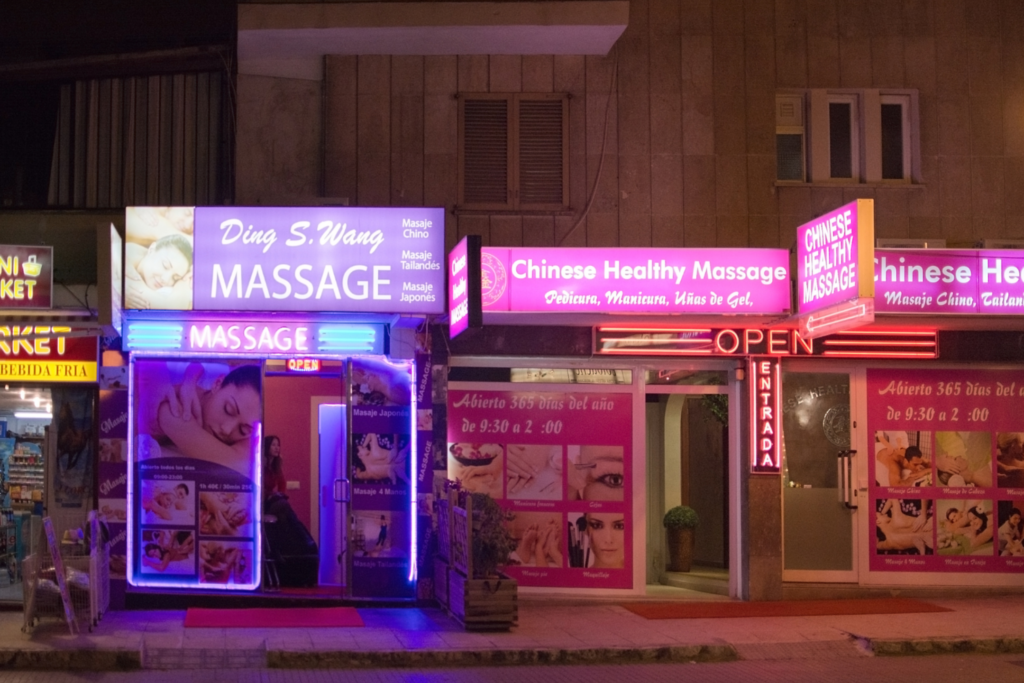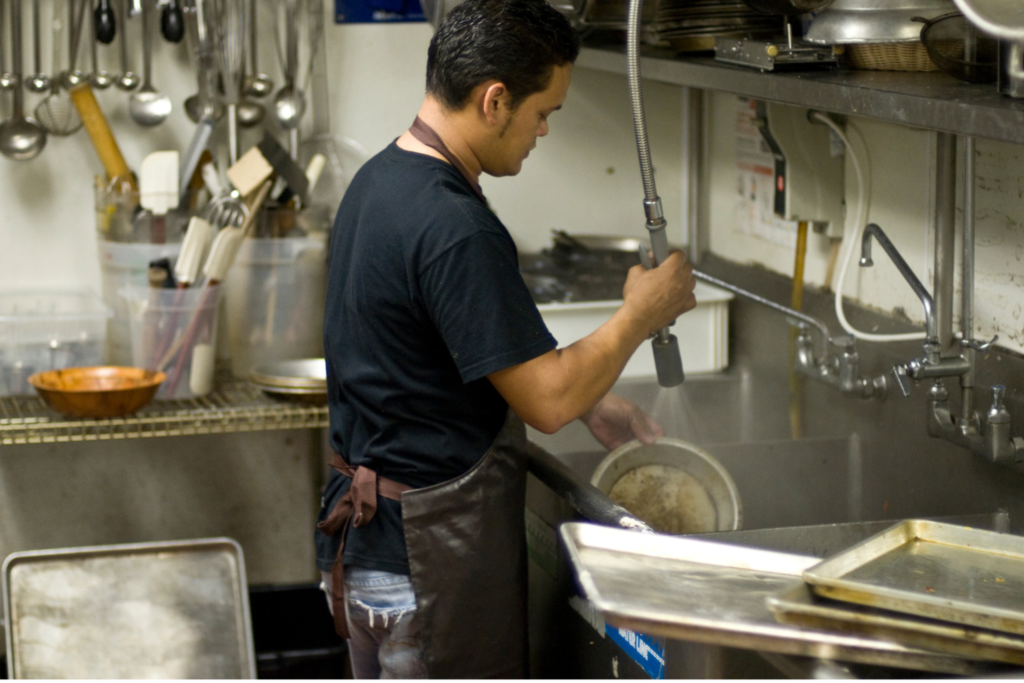Human trafficking is a term that is gaining more exposure in mainstream media, but many people are still unaware of how it continues to thrive in the shadows of everyday life.
Firstly, let’s define exactly what human trafficking is. According to the Trafficking Victims Protection Act (22 U.S.C. §7101), human trafficking is a crime involving the exploitation of someone for the purpose of compelled labor or a commercial sex act, through the use of force, fraud, or coercion.
However, there is an exception to this federal law.
When it comes to a child under the age of 18 who is induced to perform a commercial sex act, “force, fraud and coercion” becomes null and void as they are automatically considered to be a victim of sex trafficking.
Another term you might hear is a “commercially sexually exploited child or CSEC,” which those in the anti-trafficking community, particularly in the service provider fields, prefer to refer these children as because it more accurately frames the situation of what has happened to that child – that they are indeed a victim of a commercial sexual exploitative act.

To break it down even further, what makes a sex act “commercial” is the exchange of something of value. In the case of sex trafficking, it can be money, shelter, food, or even drugs. That being said, many runaway children who engage in “survival sex” are also victims of sex trafficking, as they often find themselves in dire situations in which they are exchanging sexual services for a place to stay or food to eat.
Industries or places where sex trafficking occur are often in legal business operations, such as strip clubs, massage parlors, escort services, pornography and even brothels. But it can also occur in illegal instances as well, like residential brothels, and street or online prostitution.

This is not to say that these places are complicit in trafficking the women themselves, although sometimes that can be the case. But some of the women who are working in these industries may have a pimp that is forcing them to work in these industries, sometimes as a means of punishment.
When it comes to labor trafficking, there is a fine line between labor exploitation and trafficking. The major difference in any human trafficking crime is proving that “force, fraud or coercion” were involved in that victim’s exploitative situation.

Industries where labor trafficking can occur are more vast and often hidden under the guise of legal work. Industries such as agriculture, landscaping or construction work, the restaurant or hospitality industry, nail salons, and even as a domestic servant.
Human trafficking doesn’t exist in a secret subset of underground criminal culture. It is happening right under our noses in common industries we may support or frequently patronize.
Although a decade old statistic, in 2014, the International Labour Organization (ILO) estimated the human trafficking industry to be a $150 billion industry worldwide, where two-thirds or $99 billion were dedicated to the sex industry or sex trafficking and the rest to labor trafficking at $51 billion.
What does this tell you? Two things. Sex really does sell. And this illicit crime is worth billions. Much more now than ten years ago.
Why do I say this? Because just two years prior to them coming out with this statistic, the ILO estimated human trafficking to be a $32 billion industry – an exponential jump in just those two years alone. We can only guesstimate what it’s worth now…
So what can you do?
For one, get more informed about human trafficking – how to identify it and what to do to report it.
Second, stop supporting or patronizing the adult sex industry. Learn more about the fair business practices of the places you frequent and if they have any policies in place that protect and help victims of human trafficking.
Third, don’t step in to be the “hero.” Be a good witness instead. The main reason, is that it is both dangerous for you and the victim. Gather as much detailed information about the situation and victim as possible and report it to local law enforcement or the National Human Trafficking Hotline at 1-888-373-7888 or text 233733. If it’s a child you suspect is in a trafficking situation, report it to the National Center for Missing and Exploited Children (NCMEC) at 1-800-THE-LOST.
Human trafficking is modern-day slavery, but the victims who suffer from it are not bound by physical chains that we can see. They are roaming around freely in this world, seemingly as willing participants in the industry they are “working” in. But is it of their own free will or is there something else going on there? You must always look deeper, beyond the surface to spot human trafficking. Just by you noticing and reporting it, you could save someone’s life.

